China's international air travel resumes, but Covid turbulence to delay takeoff
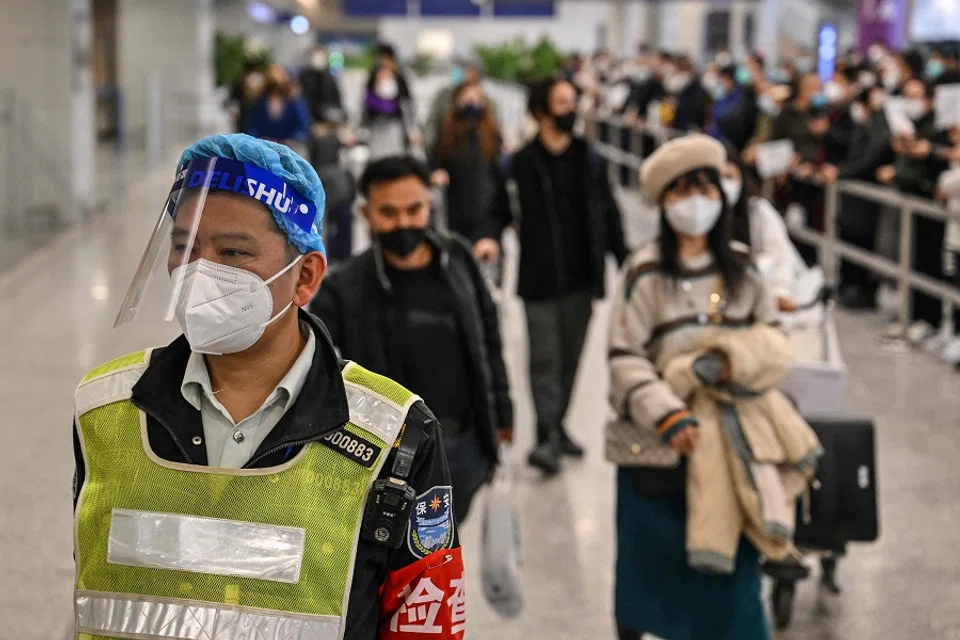
(By Caixin journalists Zhao Dan, Sun Yanran, Yang Jinxi, Li Rongqian, Bao Zhiming and Denise Jia)
China is reopening its borders that have been largely shut for the last three years, scrapping quarantine requirements for inbound travellers and removing restrictions on international flights. But how quickly will cross-border travel return to pre-Covid levels? The answer: it's complicated.
In a - very - optimistic scenario, international flights to and from China will return to frequencies not seen since 2019 by this northern hemisphere summer at the earliest, several civil aviation experts told Caixin.
But this prediction comes with some caveats, including how quickly airports can get security staff and protocols back up to full capacity and airlines can bring pilots and cabin crew back up to speed. Not to mention how the rampant Covid-19 outbreak nationwide will temper the recovery in demand.
The doors to international travel for people in China, which was the world's largest source of outbound travellers - and the biggest spenders - prior to the pandemic, swung open again on 8 January, when it restarted issuing passports to citizens and stopped requiring inbound travellers to undergo quarantine.
... the biggest uncertainty affecting the market recovery will be the potential multiple waves of new Covid-19 variants...
The restrictions on international flights under the so-called "five one" policy was also removed on that date. The policy, in effect since March 2020, allowed Chinese mainland carriers to operate one flight per week on one route to any country and foreign airlines one flight a week to China.

However, from 8 January, the number of imported cases infected with new strains is expected to accelerate, and experts say that the possibility of a new domestic outbreak cannot be ruled out.
Of course, this would come on top of an already rampant outbreak spreading nationwide since the easing of the harsh "zero-Covid" policy, with experts last month predicting about 60% of the population becoming infected in the next one to three months.
Indeed, the biggest uncertainty affecting the market recovery will be the potential multiple waves of new Covid-19 variants, the experts said.
The latest strain is called XBB.1.5, which the World Health Organization says is the most transmissible omicron sub-variant so far and has been detected in 29 countries.
In the final week of December, the variant accounted for over 40% of the new infections in the US, according to data from the Centers for Disease Control and Prevention. This variant is so contagious that 80% of Americans who've already been infected with a previous strain of Covid-19 are likely to catch it again, experts say.
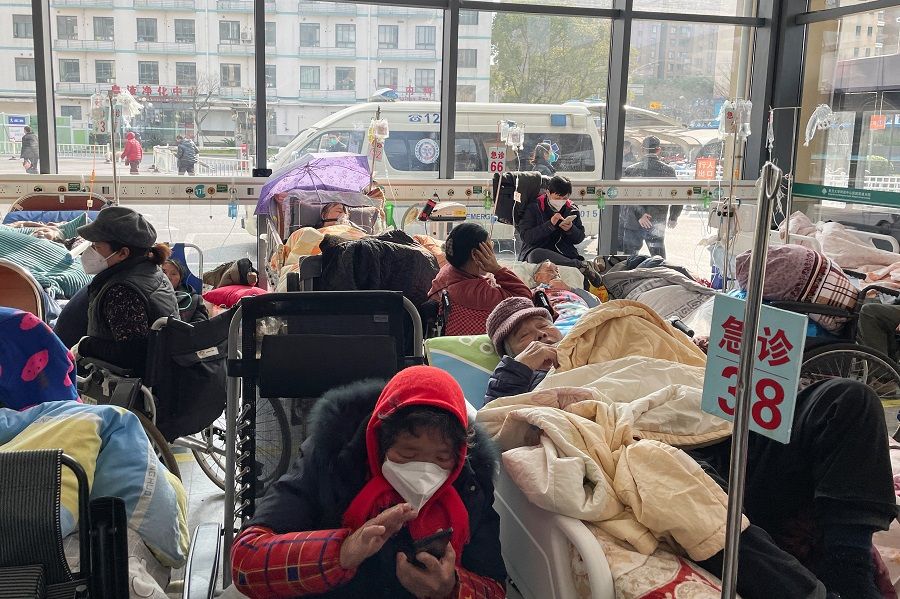
Omicron and its subvariants, including BF.7 and BA.5.2, have been the dominant strains in China's repeated outbreaks this year. Now, with the reopening, whether XBB.1.5 will cause a new wave of infection has stoked public anxiety.
Some experts on epidemic control measures have suggested a three-day home isolation for inbound travellers to create a firewall and slow down the entry of the new variant. But there has been no indication from the government this is being considered.
... the Civil Aviation Administration of China (CAAC) has said it hopes that the industry will take its time and gradually get back up to speed and not resume too many international routes all at once.
Return to the skies
The idea could already be moot point as travellers and airlines have been getting back in the air over the past few weeks.
Multiple domestic carriers said in late October that they would resume more international flights as the nation gradually eases Covid-19 control measures for international travellers. As of the end of December, China's three biggest state-owned carriers - Air China, China Eastern Airlines and China Southern Airlines - had resumed services on 136 international routes.
Since it takes time for airports to restore their capacity to adequately handle passenger security checks and other protocols, the Civil Aviation Administration of China (CAAC) has said it hopes that the industry will take its time and gradually get back up to speed and not resume too many international routes all at once.
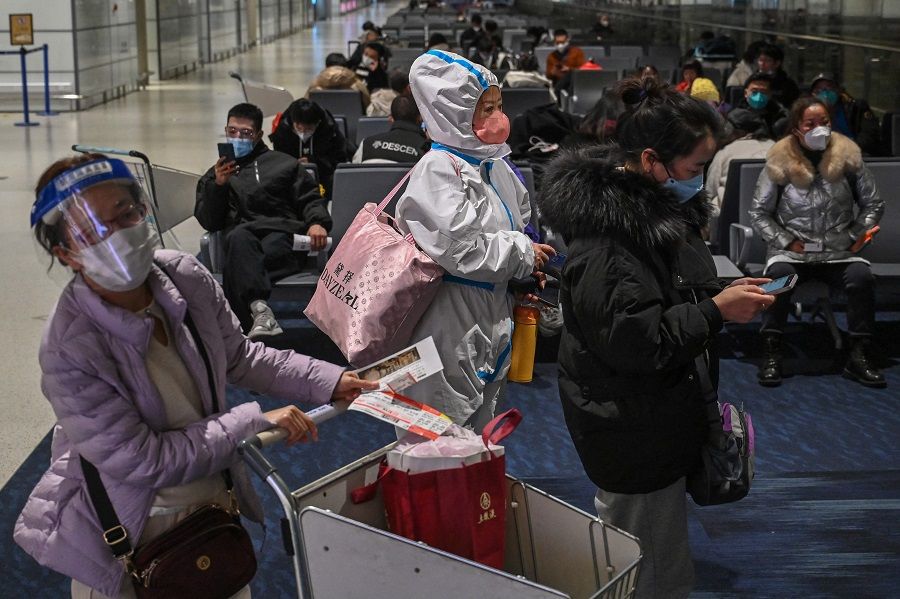
Domestic flights are already surging back, with the CAAC expecting domestic flights to recover to 88% of the pre-epidemic level by the end of this month.
"But for international flights, there is no clear target," an official at the CAAC told Caixin.
For now, demand remains uncertain, and airports and airlines are experiencing huge losses and will struggle to increase staffing numbers quickly, said Li Hanming, an independent aviation consultant at Li & Li Consultancy.
The reopening offers hope to China's airline companies, which, like their international counterparts, have struggled in the last three years, with international travel to and from the country brought to a virtual standstill.
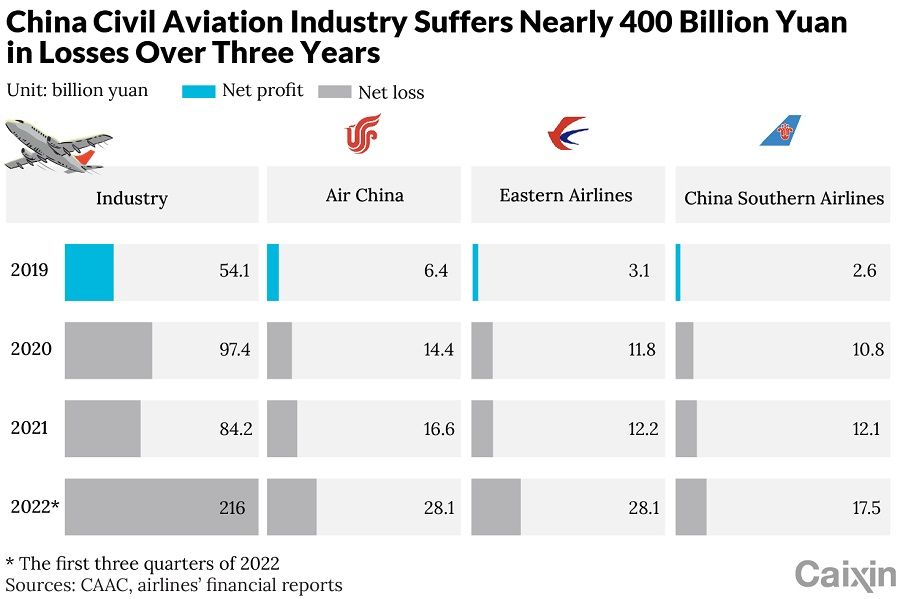
The total accumulated profit of China's civil aviation industry from 2015 to 2019 was about 160.4 billion RMB (US$23.5 billion), according to data from the CAAC. By comparison, the industry lost nearly twice as much during the three years of the pandemic. In the first three quarters of 2022, the three biggest state-owned airlines reported a total net loss of 73.8 billion RMB, according to Caixin calculations based on their quarterly reports.
Government lifeline
The government threw a lifeline to the industry, with the CAAC in July coordinating cash injections of 3 billion RMB (US$439 million) by way of capital investment from investors to each of Air China Ltd., China Eastern Airlines Corp., China Southern Airlines Co. Ltd. and 2 billion RMB to Capital Airport Holding Ltd.
In addition to 65.6 billion RMB of emergency loans for airlines and airports, the government also provided an additional 150 billion RMB for airlines and introduced multiple preferential policies, including exemptions from paying the 1% value-added tax in 2022. The CAAC also exempted airlines from contributing to the Civil Aviation Development Fund in 2020.
... many pilots haven't had enough flying time in the last three years to maintain their required proficiency.
A key obstacle in the industry's recovery is inadequate staffing. During the pandemic, many airlines switched their international passenger flights to cargo, with some carriers even offering food delivery services during lockdowns, including China Eastern Airlines and Juneyao Air. In 2021, Hainan Airlines flew 315 international cargo flights switched from passenger services.
As a result, many pilots haven't had enough flying time in the last three years to maintain their required proficiency. For example, the CAAC caps pilots' flight hours at no more than 100 hours each month, with most normally logging 80-90 hours, but during the pandemic, that number decreased at lease by half, according to media reports.
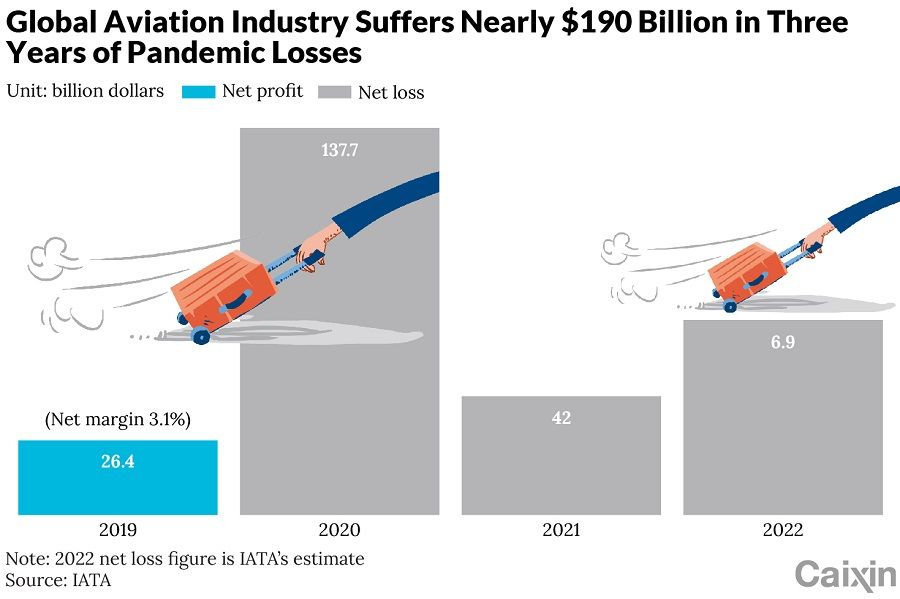
It's a big challenge for pilots, both mentally and technically, to resume international flights, said Han Tao, a researcher at the China Air Transport Association, a non-profit national trade organisation comprising primarily air carriers.
During the pandemic, the main ways to keep pilots' skills from atrophying was with simulator training and refresher flights. A pilot at low-cost carrier Spring Airlines Co. Ltd. told Caixin that his company has begun to increase training programmes focusing on qualifications of pilots flying international routes.
The wave of Covid-19 infections spreading across the country is also complicating pilots returning to cockpits.
A pilot's health can affect their concentration and judgment, so airlines can't put pilots who have been infected, but are not fully recovered, back in the air, said senior pilot Chen Jianguo, who was formerly a captain at Xiamen Airlines.
Additionally, as international flight attendants need to have additional qualifications and training and some long-distance international flights also need more than one shift of attendants, "even if airlines are approved to resume more international flights, they don't have enough staff," Han said.
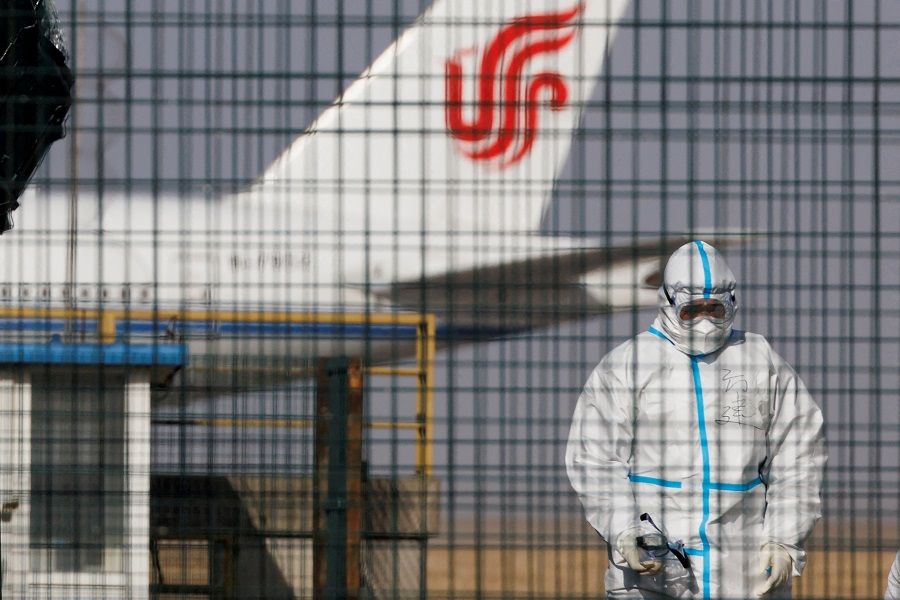
In recent years, airport ground staff, including customs and immigration officials, have been working fewer and irregular hours, said Han, adding that if airports are not ready for a sudden increase in travel demand, it can cause widespread delays.
'Lessons learned'
This summer, London Heathrow Airport saw widespread flight cancellations and luggage claim chaos due to a sudden increase in flights in the summer and a severe shortage of ground staff at the airport.
The airport, which prior to the pandemic handled over 80 million international passengers annually, is one of the busiest in the world. It experienced the largest rise in passenger numbers of any European airport in the last year, with more than six million people traveling through Heathrow in July.
By comparison, Shanghai Pudong International Airport handled 32 million passengers in 2021, 58% less than the 76 million passengers in 2019. Beijing Capital International Airport, China's largest airport, handled over 100 million passengers in 2019 and that number dropped to 32 million last year.
"We need to learn lessons from abroad and avoid being caught off guard when we reopen," Han said.
The reopening has been a long wait. China stopped issuing visas to foreigners and new passports to its own people in early 2020. People were only permitted to depart China for education, employment, or business purposes that could not be postponed and confirmed as necessary.
... visa-on-arrival or visa-free countries have become the most popular destinations.
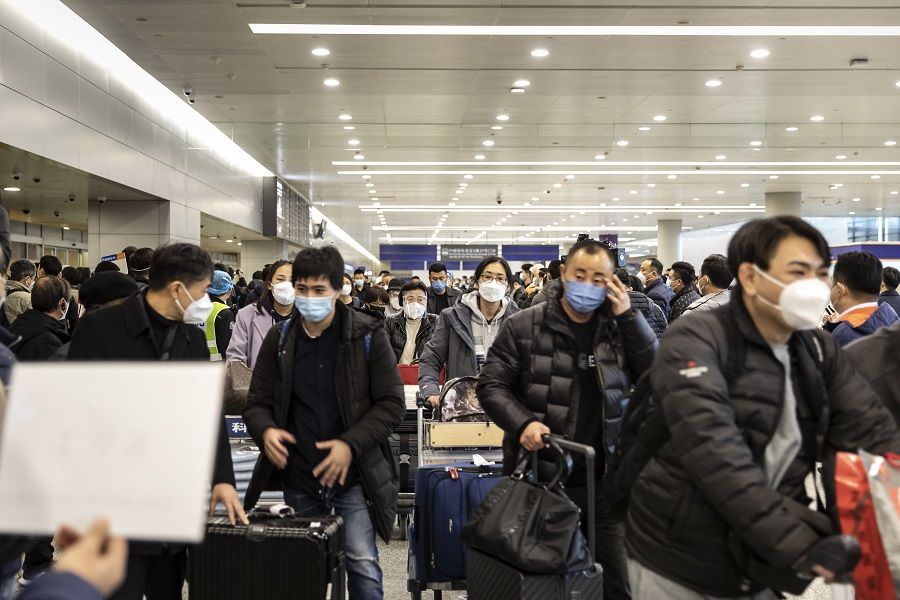
The relaunch of large-scale group tours requires diplomatic negotiations with destination countries and is expected to start with Southeast Asian countries, which are the biggest destinations for Chinese tourists, said Cheng Shaogong, chief researcher at the Tongcheng Research Institute.
However, while China has eased passport and visa restrictions, many people' tourist visas issued before the pandemic have expired, and some countries' consulates or visa centers in China have been closed recently due to the surge of new infections, making Chinese residents unable to apply for visas in the short term.
Therefore, visa-on-arrival or visa-free countries have become the most popular destinations. According to data from online travel agency Qunar, on the morning of 27 December, when the reopening was announced, the top three countries for international hotel bookings on the platform were Thailand, Japan and South Korea, up 116%, 86% and 56% respectively from the previous day.
In contrast, due to the recent surge of infections in China, many other countries have strengthened quarantine measures for travellers from China. Japan has started requiring Covid-19 tests for all passengers arriving from China and those who test positive will be quarantined for up to seven days at designated facilities.
The US has also started requiring all travellers from China to show a negative Covid-19 test results no more than two days before flying to the country.
These foreign pandemic control policies will unlikely slow down demand for business travel, but demand for tourism may be dampened, said Han at the China Air Transport Association.
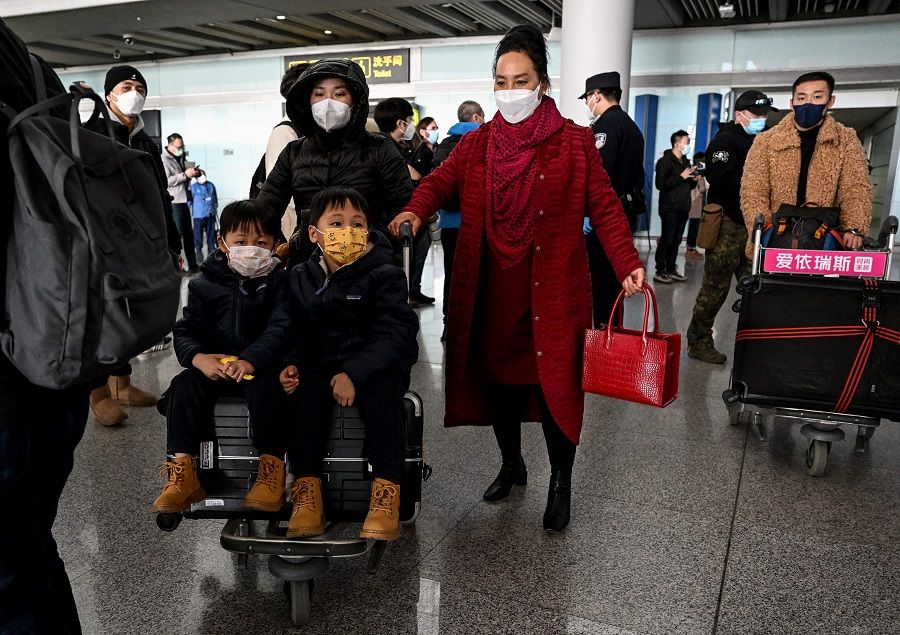
China was the world's largest market for outbound travel pre-Covid, surging from 4.5 million travellers in 2000 to over 300 million in 2019, according to the United Nations' World Tourism Organization (UNWTO). Chinese travellers were also the world's largest spenders, forking out US$277 billion in 2018, almost double the second-largest US and accounting for almost 20% of all international tourism spending, according to the UNWTO.
Similar to the airline industry, understaffing in the tourism industry also means more time required to get back to normal operations.
This expenditure slumped 61% from 2019 level in the nine months through September 2021, according to the UNWTO. Destinations such as Thailand, Vietnam, South Korea, and Japan - where Chinese travellers make up a large portion of inbound traffic and tourism spending - have been hit particularly hard.
Similar to the airline industry, understaffing in the tourism industry also means more time required to get back to normal operations. The number of travel agency employees in China declined from 415,900 in 2019 to 278,800 in 2021, data from the Ministry of Culture and Tourism showed.
"There is a shortage of workers in all sectors of the tourism industry," Qunar told Caixin. "Lacking confidence in the market consumption potential, tourism companies dare not quickly expand capacity."
So, while countless millions in China may be hungry for an international holiday or to see family and friends abroad and put the past three years of lockdowns behind them, that may still be some time off.
This article was first published by Caixin Global as "Cover Story: China's International Air Travel Resumes, But Covid Turbulence to Delay Takeoff". Caixin Global is one of the most respected sources for macroeconomic, financial and business news and information about China.
